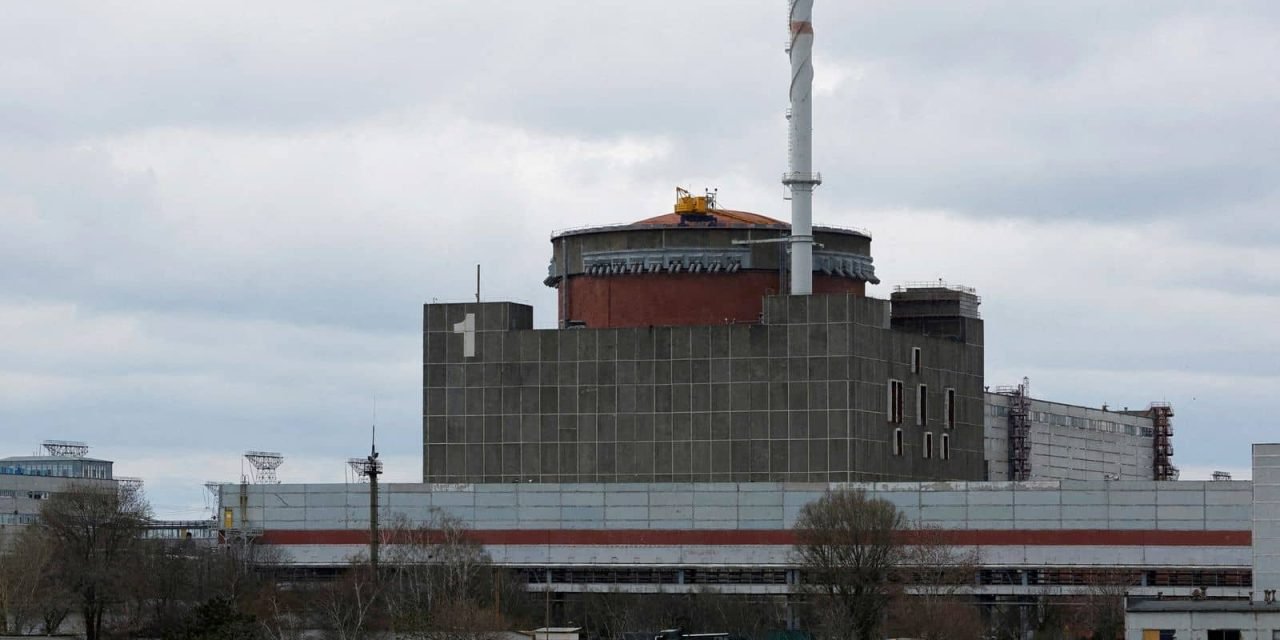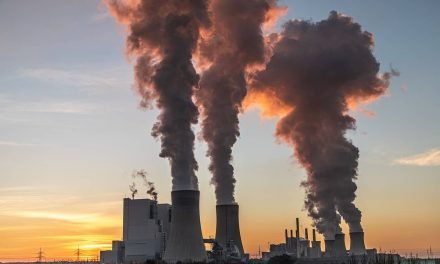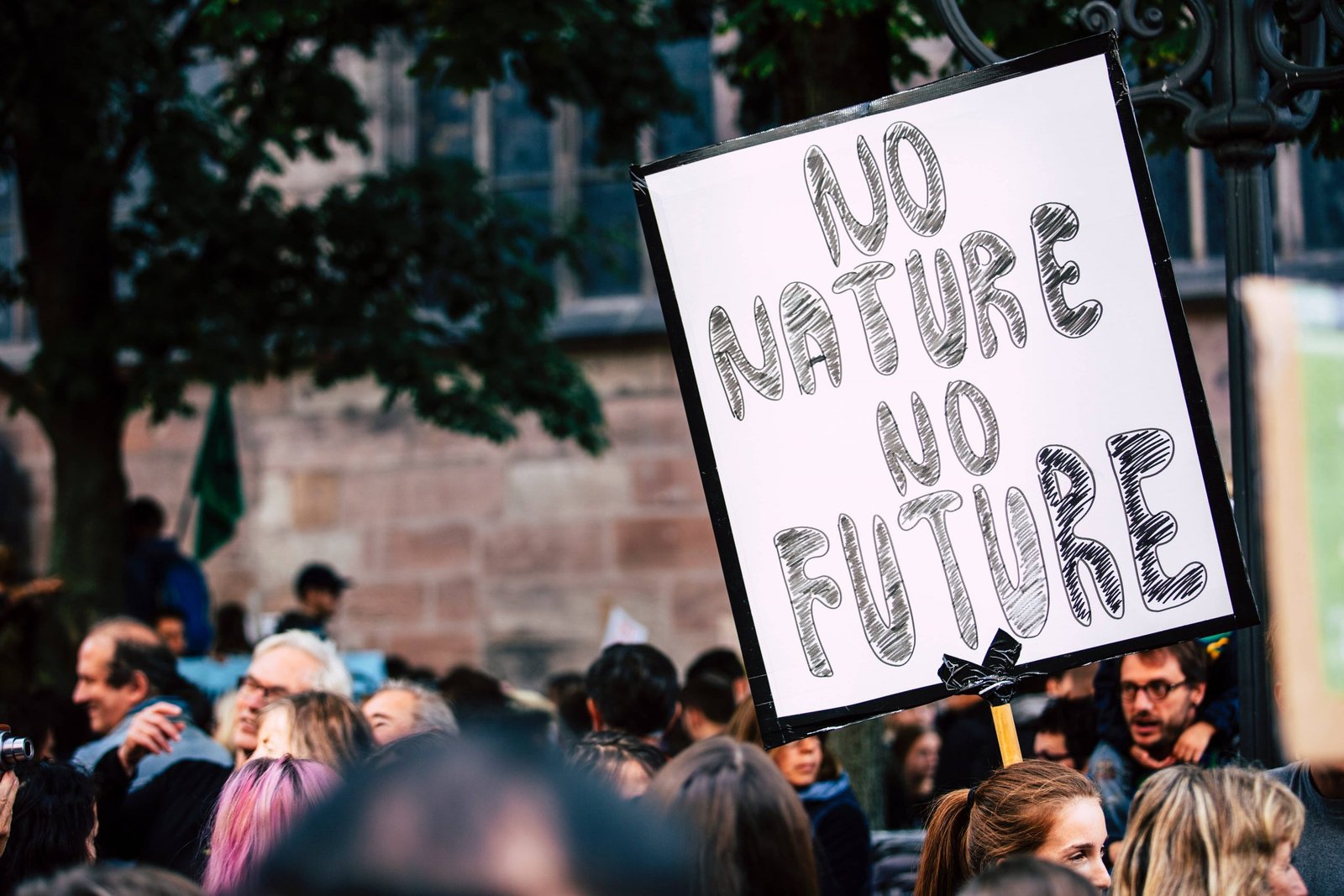Ukrainian scientists are assessing the environmental impact of the partial collapse of the Kakhovka dam, which has been called the country’s worst ecological disaster since the Chornobyl nuclear meltdown.
Here’s what we know so far:
What happened?
One of the biggest dams in the world partially collapsed, forcing the evacuation of thousands of people and jeopardizing water supplies to millions.
The turbine room at the hydropower plant is already under water and 150 tonnes of industrial lubricants have been washed away.
Russian terrorists. The destruction of the Kakhovka hydroelectric power plant dam only confirms for the whole world that they must be expelled from every corner of Ukrainian land. Not a single meter should be left to them, because they use every meter for terror. It’s only… pic.twitter.com/ErBog1gRhH
— Володимир Зеленський (@ZelenskyyUa) June 6, 2023
Who is responsible?
Ukraine and Russia have each accused the other of deliberately blasting the main concrete barrier. However, satellite data shows a road across the dam was already partly inundated in recent days and that water levels were at a record high.
What is the extent of the damage?
The scale of the damage would depend on the amount of water released and the extent of the damage to the barrier, both of which are still unknown.
We are continuing our rescue operation in the south of Ukraine, and we have managed to evacuate about 4,000 people. Dozens of towns and villages remain flooded, with the worst situation still in the temporarily occupied part of Kherson region.
Russian terrorists continue to… pic.twitter.com/mJWf1lRyS8
— Володимир Зеленський (@ZelenskyyUa) June 11, 2023
Analysts warn that it may pose a long-term danger to Europe’s biggest nuclear plant, Zaporizhzhia, and could also spread agro toxins and petrochemicals into the Black Sea.
What are the potential consequences?
At the very least, the breach has flooded national parks and jeopardized water supplies for millions of people.
In the worst-case scenario, it could spread agrotoxins and petrochemicals into the Black Sea, and pose a long-term danger to the Zaporizhzhia nuclear plant.
Landmines will also be moved and covered by silt, making them harder to locate and dismantle.
What’s being done?
Ukraine’s President, Volodymyr Zelenskiy, has called an emergency meeting of his security council.
The International Energy Agency is closely monitoring the situation at Zaporizhzhia, which is 100 miles upstream.
Experts of @iaeaorg need access to a location near ????????’s #Zaporizhzhya Nuclear Power Plant to clarify the reason for the discrepancy in height of Kakhovka reservoir. #ZNPP reported the level had been stable at height, where pumps continue to be operable.https://t.co/SPnS7Liw1e pic.twitter.com/OFu9AUJFye
— IAEA – International Atomic Energy Agency ⚛️ (@iaeaorg) June 11, 2023
The German foreign minister, Annalena Baerbock, has blamed Russia’s invasion of Ukraine for the collapse and described the explosion as an “environmental catastrophe”. Ukraine’s public prosecutor is investigating a possible case of “ecocide”.
Mit dem #Kachowka-Damm wird ein Staudamm in der Nähe eines Kernkraftwerks als Kriegswaffe missbraucht und Menschenleben in höchste Gefahr gebracht. Für diese Umweltkatastrophe gibt es nur einen Verantwortlichen: Der verbrecherische Angriffskrieg Russlands auf die #Ukraine. 1/3
— Außenministerin Annalena Baerbock (@ABaerbock) June 6, 2023
What’s next?
The Ukrainian government is waiting for the water to subside before fully assessing the environmental impact of the breach.
Former minister of ecology, Ostap Semerak, warned that dangers could emerge in the days and weeks ahead as flood waters engulf cities, petrol stations, and farms.
Olena Kravchenko, the director of the Ukrainian Environment People Law NGO, expected to see mass mortality of fish, mollusks, and other aquatic species, widespread habitat disruption, and negative impacts on ecologically important national parks.
it’s time for action
The partial collapse of the Kakhovka dam has caused significant damage and threatens to become Ukraine’s worst ecological disaster since the Chornobyl nuclear meltdown.
As scientists assess the extent of the damage and potential consequences, it is clear that this disaster will have far-reaching environmental, economic, and social impacts.
The Ukrainian government and international agencies must take swift action to mitigate the effects of the breach and prevent further damage to people and the environment.










